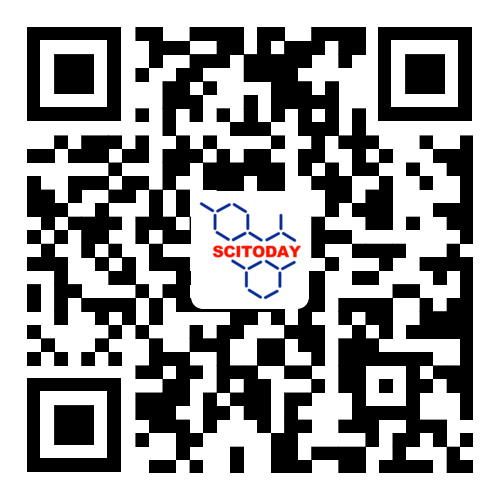A major new tool to study cellular and neuronal function is optically controlled proteins, i.e., proteins whose function changes in response to light. This has been most recently exploited in the case of channelrhodopsins and other light-activated channels, in which neuronal excitability can be regulated by light. Animals engineered to express these proteins in specific neurons can exhibit behaviors that can be manipulated by fiberoptic cables implanted in the brain. This new technique has fundamentally changed the way neuronal function is studied in living animals.
The ability to temporally and spatially control protein function is a major goal in synthetic biology. Controlling protein function with light is an appealing strategy, since light typically has minimal effects on cell function. However, currently there are no simple ways to regulate other major classes of proteins with light.
We are developing new strategies to manipulate different classes of proteins, including transcription factors, GTPases, kinases, and other signaling proteins. We are utilizing novel light-activated proteins and developing general strategies to link these proteins to a wide variety of different proteins in order to impart light sensitivity to these proteins. The long term goal will be to develop mice that express these proteins, and to use these mice to determine the spatiotemporal role of these proteins in brain function.
Our laboratory has made important advances in various aspects of cell biology and neuroscience. Our work has been published in several top journals (e.g. Wu et al., Nature, 436:1020-1024, 2005; Wu et al, Nature Neuroscience, 9:1257-64, 2006; Hengst et al., Nature Cell Biology, 11:1024-1030, 2009; Cox et al., Nature Cell Biology, 10:149-159, 2008). We have also pioneered the application of novel chemical biology approaches, including the design of novel probes and reagents, to provide novel insight into cell signaling (e.g. Jaffrey, S.R., et al. Nature Cell Biology, 3:193-197, 2001; Jaffrey, S.R., et al. Chem. & Biol., 9:1329-1335, 2002; Paige et al., Chemistry & Biology, 15:1307-1316, 2008).
Several funded positions for postdoctoral researchers are available in our young and very dynamic group. We utilize a variety of established and novel molecular biological, fluorescence microscopy, and biochemistry techniques. The ideal applicant will have a strong background in biochemistry, and/or synthetic biology, microscopy, or enzymology. This position provides the opportunity for considerable creativity and innovation, and applicants with these skills are also especially encouraged to apply. The laboratory environment is highly collegial and interactive, so excellent written and oral communication skills are a must. The training environment is ideal for an individual who seeks broad training in molecular neuroscience, cell biology, and signal transduction, and who is interested in a research career in academia.
Cornell University's Weill Medical College is located in Manhattan's Upper East Side, immediately adjacent to the Memorial-Sloan Kettering Cancer Center and the Rockefeller University. This "tri-institutional campus" includes several hundred principal investigators and postdoctoral associates, and has one of the highest densities of biomedical scientists in the world. This rich scientific environment provides unique and unparalleled research training opportunities, including research seminars given by leaders in science from throughout the U.S. and abroad, opportunities for collaborations, exposure to diverse research programs, and highly sophisticated core facilities.
Questions about this project, or applications, comprising a CV, statement of research interests, and the specific date or dates when you could start a postdoctoral position, should be e-mailed to:
Dr. Samie R. Jaffrey
Cornell University Weill Medical College
Department of Pharmacology
1300 York Ave, Box 70
New York, NY 10065
Please send emails to: srjaffrey@gmail.com.

